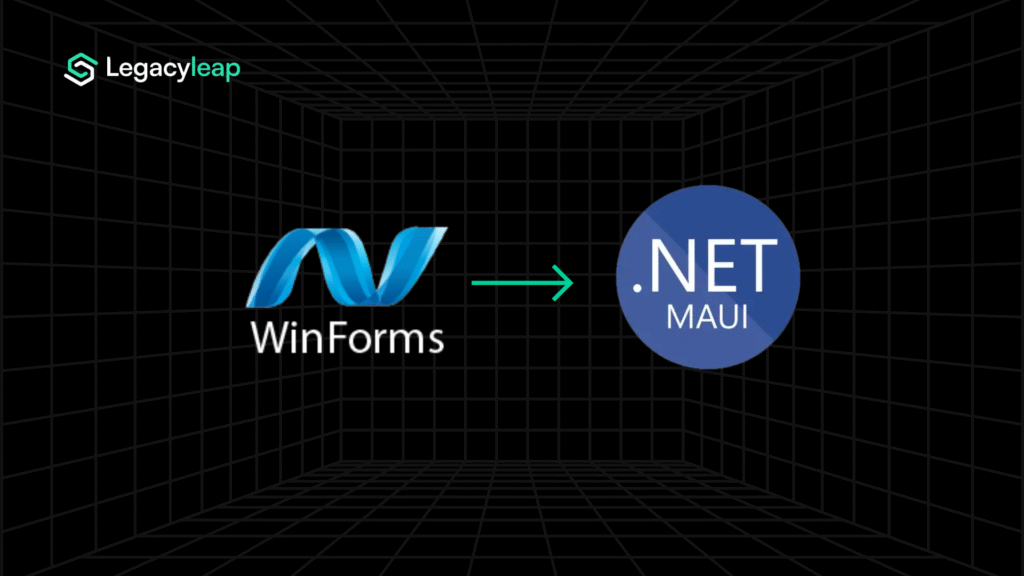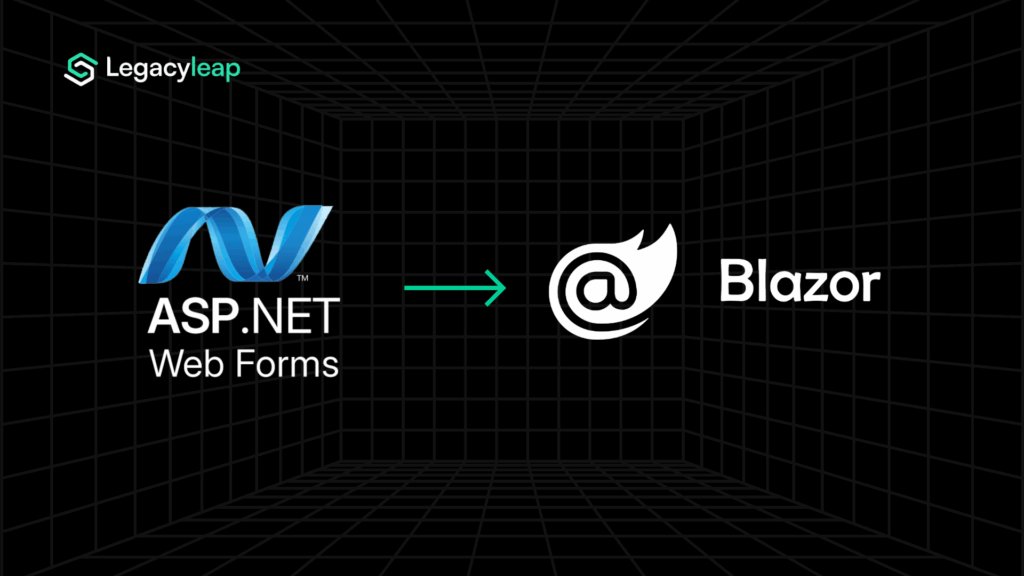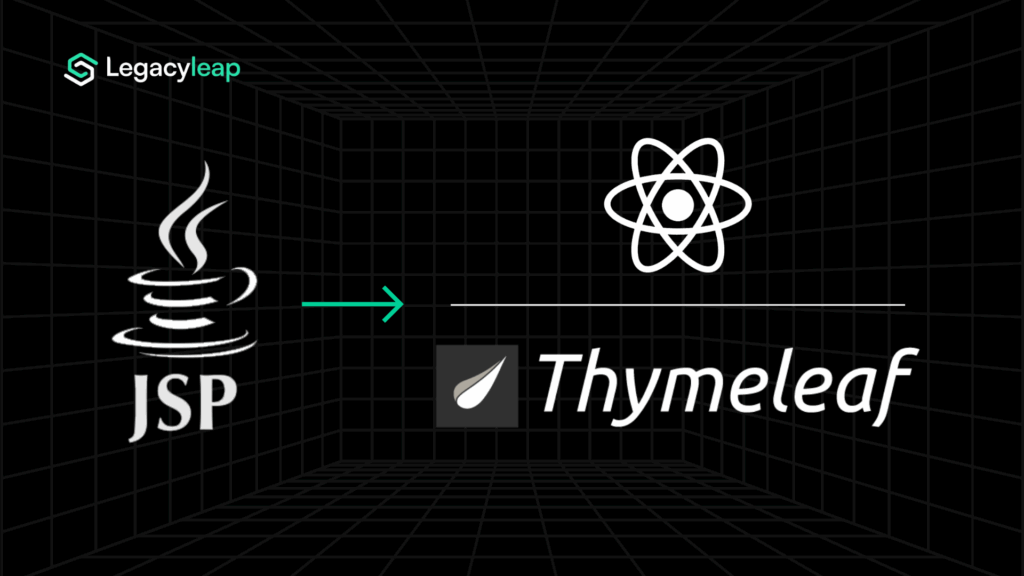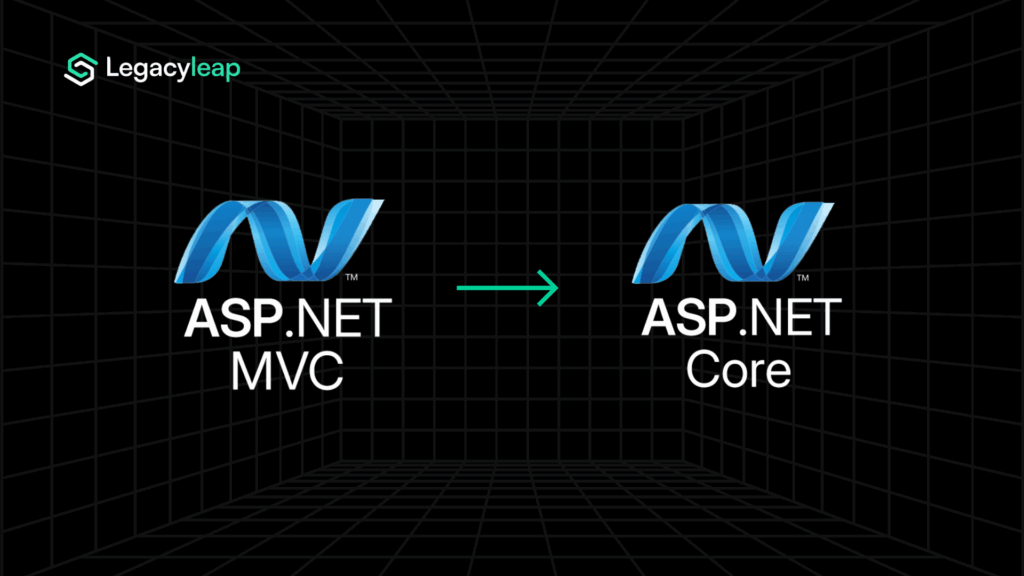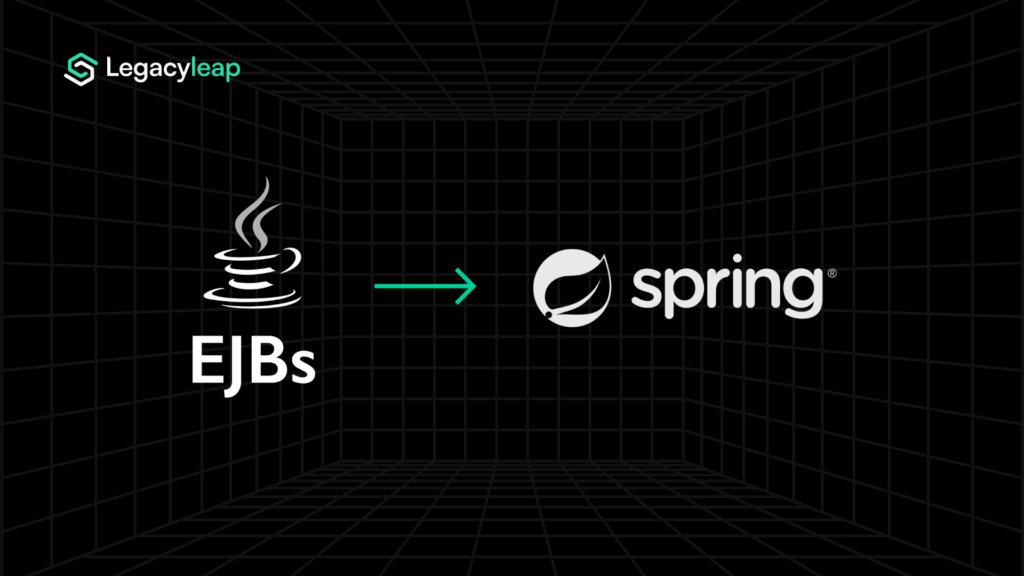Introduction: Why Enterprises Should Move from Struts to Spring MVC
For years, Struts powered mission-critical Java applications across industries. Today, it’s a liability. Both Struts 1.x and Struts 2 lag behind modern security, cloud, and developer standards. Struts 1 is fully end-of-life, and even Struts 2 remains tied to rigid, XML-driven configurations that don’t fit modern CI/CD or microservice architectures.
The risks are proven, as was the case with the 2017 Equifax breach, highlighting how unpatched Struts code can expose entire systems. Ongoing CVEs, limited community support, and poor cloud compatibility make Struts unsustainable for regulated enterprises.
By contrast, Spring MVC offers an annotation-driven, REST-ready, and cloud-aligned framework that fits today’s containerized and DevOps workflows. Backed by the Spring Boot ecosystem, it brings modularity, active security updates, and long-term viability.
The question isn’t if but how to move. Enterprises must modernize without breaking core workflows or rewriting years of logic. This is where Legacyleap’s Gen AI framework delivers predictability by automating dependency discovery, refactoring safely, and validating every controller migration before cutover.
And we’ll cover all that more in the following sections.
Key Benefits of Spring MVC Over Struts
Migrating from Struts to Spring MVC is a move from legacy rigidity to modern agility. The table below illustrates how this shift impacts architecture, operations, and enterprise outcomes.
| Capability | Struts (Legacy) | Spring MVC (Modern) | Enterprise Impact |
| Architecture | Action-based controllers, XML configs | Annotation-driven, REST-oriented controllers | Reduced complexity and improved modularity |
| Developer Productivity | Verbose, tightly coupled setup | Convention-over-configuration, lightweight annotations | Faster iteration and reduced onboarding time |
| Security | History of critical CVEs and patching gaps | Integrated Spring Security, active community support | Stronger compliance posture and fewer vulnerabilities |
| Cloud Readiness | Servlet container–bound, poor scalability | Cloud-native, container-friendly design | Seamless CI/CD and DevOps integration |
| Ecosystem | Shrinking open-source support | Unified Spring Boot ecosystem (MVC, Security, Data, Cloud) | Long-term viability and continuous innovation |
For business leaders, the payoff is tangible: lower operational risk, improved delivery speed, and a foundation ready for hybrid and cloud-native environments.
The challenge lies in execution: migrating thousands of Struts actions and JSPs into verified Spring MVC controllers without losing functionality.
Also read: A Complete Java Migration Guide for Modernizing Legacy Enterprise Stacks.
Struts to Spring MVC Migration Challenges and Solutions
Struts migrations are rarely linear. Applications built on Struts 1.x or 2 often span thousands of Action classes, form beans, and JSPs intertwined with business logic. Many lack up-to-date documentation, making modernization a discovery problem before it even becomes an engineering one.
The core challenges usually fall into five categories:
- Controller re-architecture: Struts Actions must be refactored into Spring’s @Controller or @RestController patterns. Their XML mappings and execute() methods often hold embedded business logic, which must be isolated before migration.
- Form beans and validation: Struts form beans rely on outdated ActionForm hierarchies and custom XML validation. In Spring MVC, these are replaced with POJOs using annotation-driven model binding and JSR-380 validation – rewrites that risks losing implicit dependencies if done manually.
- Configuration and context: Struts uses layered XML for actions, tiles, and interceptors. Migrating this to Spring’s Java-based configuration or annotation setup can expose hidden initialization orders, dependency injections, and custom filters.
- View layer coupling: JSPs using Struts tags are tightly bound to controller logic. Migrating them to Thymeleaf or a modern frontend stack (React, Angular) requires untangling business logic from presentation code.
- Session and interceptor logic: Legacy interceptors and session handlers need to be remapped into Spring filters or handler interceptors while maintaining transaction and state consistency.
Traditional migrations handle these issues sequentially—code by code, module by module—making projects slow, brittle, and error-prone. The alternative is an incremental, refactoring-first strategy:
- Strangler Fig pattern for gradual controller replacement.
- Dual-run environments for validating parity before cutover.
- Automated regression gates to detect behavioral drift during migration.
Even with these patterns, enterprises still face hidden blockers across dependencies and test coverage. That’s where Gen AI-driven modernization changes the equation.
How Gen AI Transforms Struts to Spring MVC Migration
Manual Struts migrations are slow, manual, and prone to breakage. Every Action class, form bean, and JSP must be analyzed, rewritten, and retested, a process that can stretch for months with no guarantee of parity. Gen AI introduces automation and precision into this process.
Here’s how modernization changes when Gen AI enters the pipeline:
- Automated controller mapping: AI models parse legacy Struts Actions, extract business logic from execute() methods, and reconstitute them into Spring MVC @Controller or @RestController classes, maintaining routing and functional equivalence.
- Form-bean refactoring: Legacy ActionForm and validation XML are converted into annotated POJOs with JSR-380 validation, preserving the data contracts that govern user input and binding.
- Dependency tracing: Graph-based analysis uncovers relationships across controllers, interceptors, and session management logic, producing a dependency map that guides safe sequencing and parallelization.
- Functional parity validation: AI-generated regression suites test endpoints and UI behavior across legacy and modernized systems, detecting deviations before deployment.
The outcome is faster, verifiable modernization with measurable impact: reduced manual rework, early visibility into migration risk, and validated functional equivalence before cutover.
Also read: How Can Gen AI Drive Every Step of Your Modernization Journey?
Legacyleap in Action: Verified Framework Upgrades
Even with automation, Struts migrations can fail if handled without governance. Dependencies missed, interceptors dropped, or JSP logic altered can all cripple production workflows. Legacyleap closes those gaps with an enterprise-grade modernization framework designed for reliability, security, and control.
Here’s what that looks like in execution:
- System-wide comprehension: Legacyleap maps every controller, JSP, and interceptor dependency before refactoring begins, ensuring 100% system visibility.
- Inside-enterprise execution: All analysis and transformation occur within the enterprise environment with no external API calls, preserving compliance for regulated industries.
- Human-in-the-loop governance: Compiler guardrails constrain AI outputs, and engineers validate every transformation at defined checkpoints, maintaining control without losing speed.
- End-to-end modernization: Beyond refactoring, the platform generates automated tests, Swagger documentation, and deployment artifacts, carrying modernization from code conversion to deployment readiness.
Proven outcomes:
- 100% coverage of controller and interceptor dependencies before cutover
- 65–75% automation in Action → Spring MVC controller migration
- 90%+ functional parity validated through automated regression tests
- Shorter modernization timelines with near-zero functional risk
With Legacyleap, Struts modernization becomes a governed, auditable engineering process, executed safely within enterprise boundaries, accelerated by Gen AI, and validated by human expertise.
Also read: Why Legacyleap Is Your AI Companion Platform for Enterprise-Scale Modernization.
Conclusion: A Verified Path to Spring MVC
Staying on Struts is a risk multiplier. Unsupported frameworks, recurring CVEs, and rigid XML-driven architectures leave enterprises exposed on both compliance and scalability fronts.
Spring MVC represents more than an upgrade. It’s a shift to a modern, annotation-driven, cloud-ready ecosystem that supports containerization, CI/CD, and continuous evolution. The challenge is getting there safely, without breaking critical workflows or rewriting business logic from scratch.
That’s where Legacyleap’s Gen AI platform delivers value. By combining automated comprehension, compiler-guarded refactoring, and human-in-the-loop validation, it makes migration predictable, verifiable, and enterprise-ready.
Start with a $0 Struts Assessment for a complete dependency map, risk scan, and modernization roadmap for your migration to Spring MVC.
FAQs
The timeline depends on the size and complexity of your Struts application. Traditional migrations can take 6-12 months due to manual controller rewrites, form refactoring, and dependency mapping. With Legacyleap’s Gen AI-powered automation, most migrations achieve over 65% automation on controllers and 90% parity validation, reducing the total effort by 40-60% and accelerating outcomes to a matter of weeks, not months.
Delaying Struts migration increases both direct and indirect costs. Unsupported Struts versions raise security risks and patching overhead. Outages, compliance failures, or legacy bugs can cause significant business disruption. Additionally, developer scarcity for legacy frameworks inflates maintenance costs over time. Early migration avoids compounded technical debt and aligns your stack with modern DevOps and cloud-native practices.
Yes. One of the key advantages of migrating to Spring MVC is that it decouples the application from legacy servlet containers, making it cloud- and container-ready. Legacyleap not only transforms controllers and configurations but also generates deployment artifacts and supports CI/CD alignment, enabling smoother Dockerization, Kubernetes orchestration, and integration into modern infrastructure pipelines.
Spring MVC integrates with Spring Security, enabling stronger authentication, role-based access, and encryption practices. It eliminates reliance on outdated libraries and patching models that often lead to CVEs in Struts-based apps. With Legacyleap, the migration includes AI-driven analysis of legacy vulnerabilities and regenerates secure, auditable code with full traceability for compliance reviews.
Yes, but it depends on your application’s architecture. Migrating to Spring MVC is often the intermediate step that enables clean separation of concerns, making it easier to later upgrade to Spring Boot and adopt microservices. Legacyleap’s Gen AI approach supports staged modernization, starting with Spring MVC and progressing to Boot, based on readiness and business priorities.



